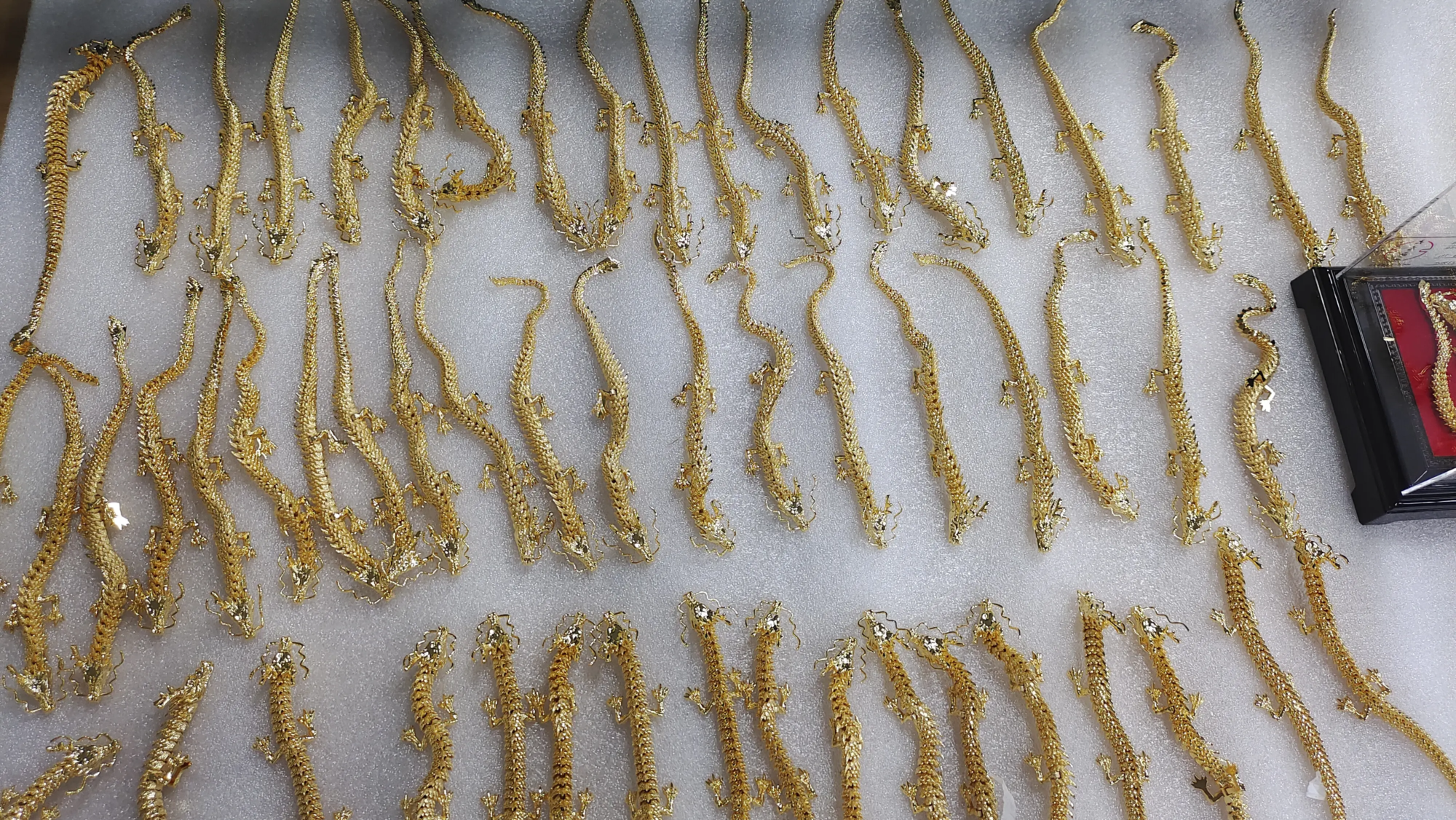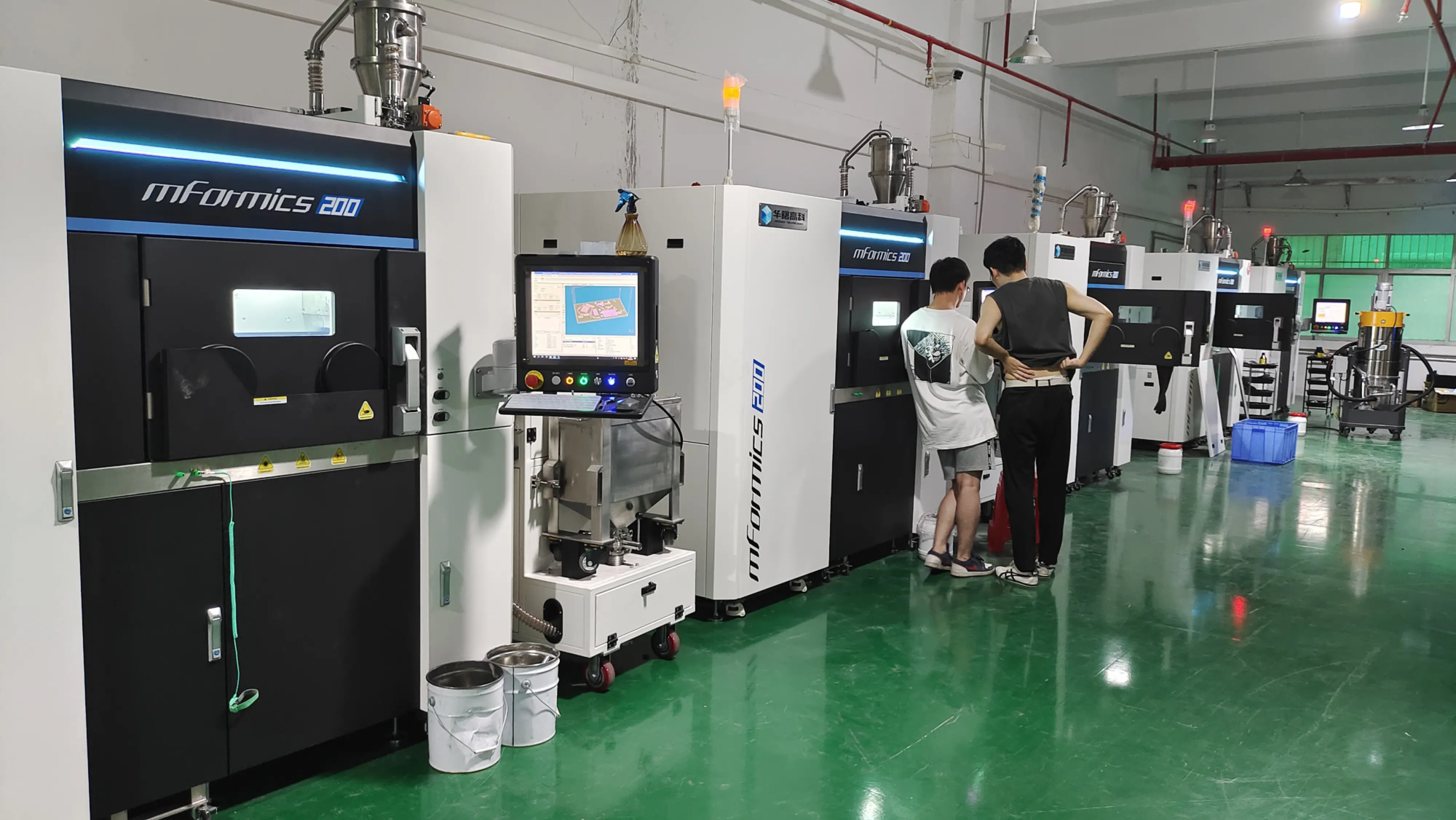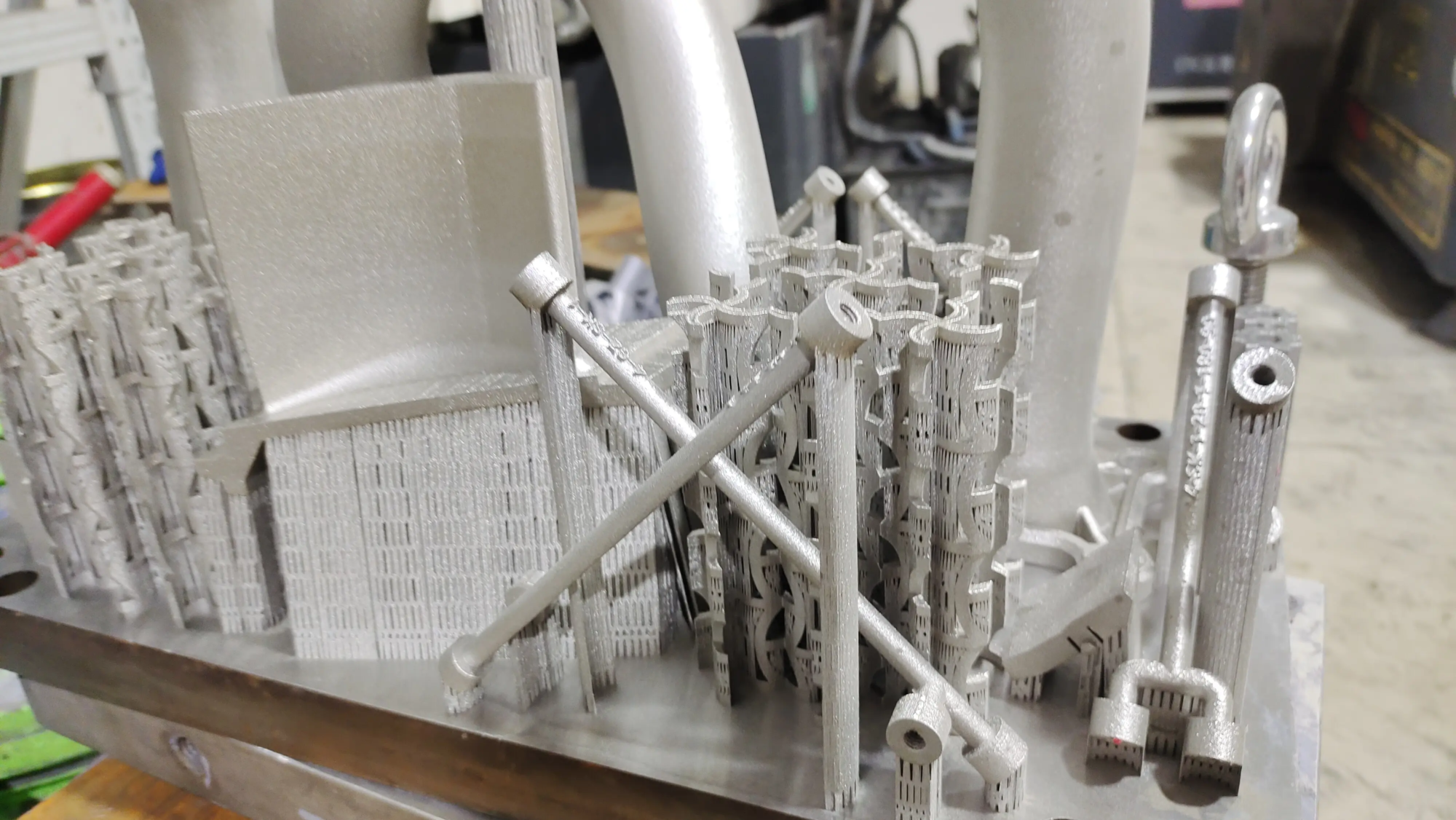Nozzle Printing: Causes and Repairs
As a well-known rapid prototyping manufacturer, Greatlight has encountered various problems that can affect the quality of 3D printed parts. A common problem that can occur during printing is nozzle hits, which can damage the print and lead to expensive reprints. In this article, we will explore the causes of nozzle hits and provide fixes to prevent them from happening first.
What is a nozzle?
When the print head or nozzle of a 3D printer comes into contact with a printing bed or printing object, a nozzle hit occurs, which damages the print and can lead to a failed printing job. This can happen for a variety of reasons, including incorrect print bed upgrades, wrong nozzle heights, or incorrect print settings.
The reason for the nozzle hit
- Incorrect printing of the bed: If the printed bed is not leveled correctly, the nozzle may contact the bed, causing the nozzle to hit. This is because the printing bed is unevenly aligned with the nozzle, resulting in a collision.
- Wrong nozzle height: If the nozzle is too close to the printing bed, it may cause a nozzle hit. This can happen if the print settings are not configured correctly, or the nozzle is not calibrated correctly.
- Improper printing settings: Using incorrect print settings (such as too high print speed or too low layer height) can cause nozzle vibrating or swing, causing nozzle hits.
- Inadequate adhesion: If the print does not adhere enough to the printing bed, it can be moved or moved during the printing process, causing the nozzle to come into contact with the printing bed or the printing object.
Fix nozzle hit
- Appropriate printing bed flat: Make sure to level the printed bed correctly by adjusting the bed screws and using the leveling tool. This will ensure that the nozzle is evenly aligned with the printing bed.
- Correct nozzle height: Adjust the nozzle height to make sure it is not too close to the printing bed. This can be done by adjusting the print settings or using the nozzle height calibration tool.
- Optimize printing settings: Optimize printing settings such as printing speed and layer height to prevent nozzle vibrating or swinging.
- Improve adhesion: Improve adhesion by using edges or rafts or by applying adhesive on the printing bed.
Prevention is the key
Preventing nozzle hits is essential to ensure a successful print job. By following the fixes outlined above, you can minimize the risk of nozzle hit rate and ensure that your prints are of high quality. Regular maintenance of 3D printers, including cleaning and calibration, can also help prevent nozzle hits.
in conclusion
Nozzle hits can be a frustrating problem for 3D printing enthusiasts and professionals. However, by understanding the causes of nozzle hits and implementing fixes, you can prevent them from happening first. At Greatlight, we are proud of advanced SLM 3D printer equipment and production technology, and our team of experts is committed to providing high-quality rapid prototyping services. By following the tips outlined in this article, you can ensure that you print the job successfully and achieve the desired results.
FAQ
Q: What is the most common cause of nozzle hit?
A: The most common reason for nozzle hits is incorrect printing of the bed.
Q: How to prevent nozzle hitting?
A: You can prevent nozzle hits by ensuring the correct print bed upgrade, the correct nozzle height, optimizing print settings and improving adhesion.
Q: What are the consequences of the nozzle?
A: A nozzle hit may damage the print and lead to expensive reprints.
Q: Can the nozzle hit be fixed?
A: Yes, nozzle hits can be fixed by adjusting the print settings, recalibrating the nozzle and ensuring the correct print bed is flat.
Q: How often should I calibrate my 3D printer?
A: It is recommended to calibrate your 3D printer regularly, ideally after each print job to ensure optimal performance and prevent nozzle hits.





